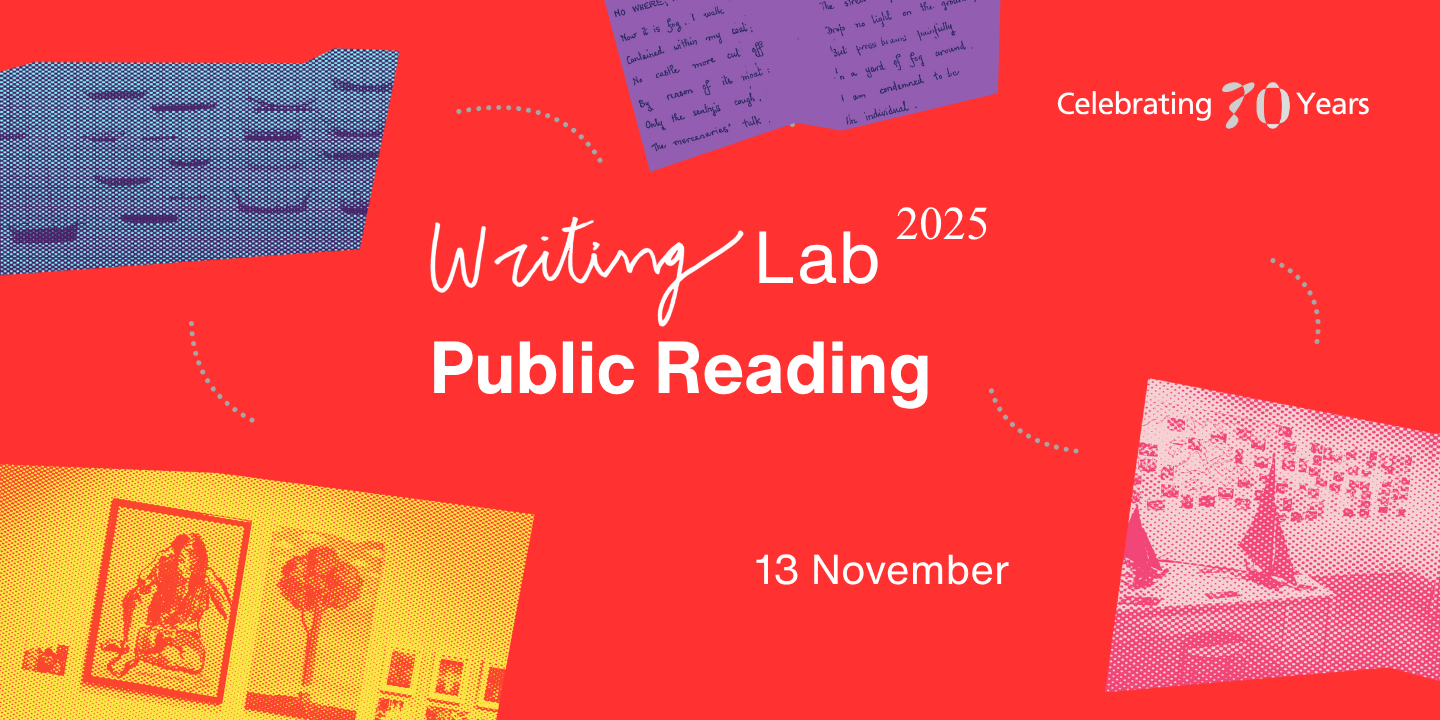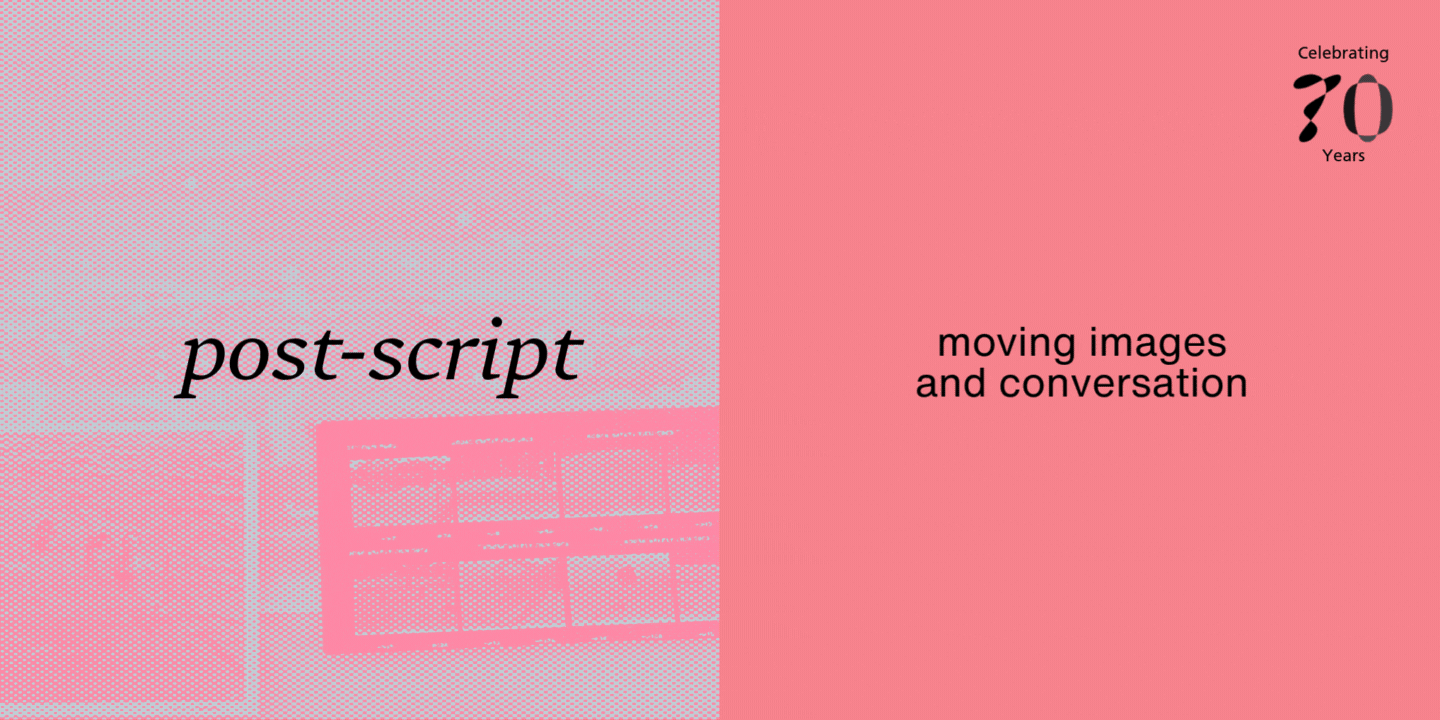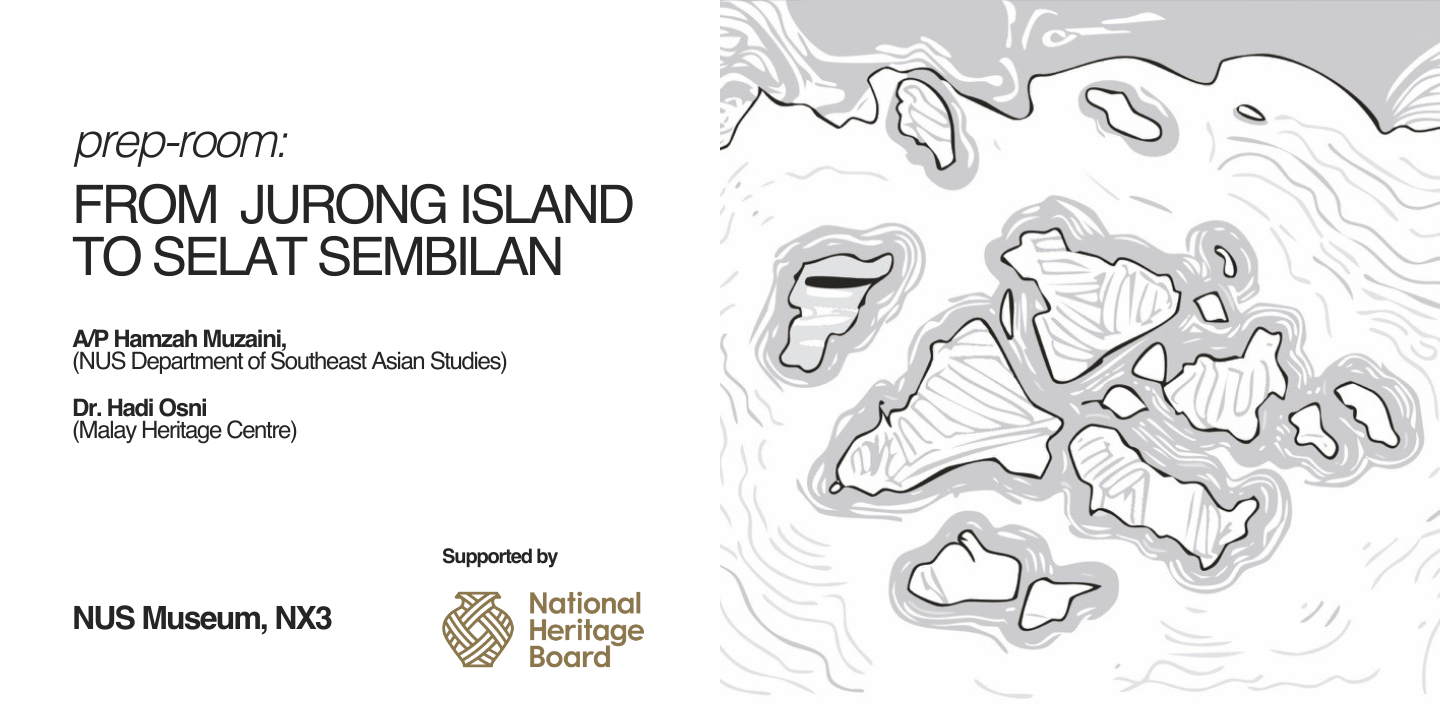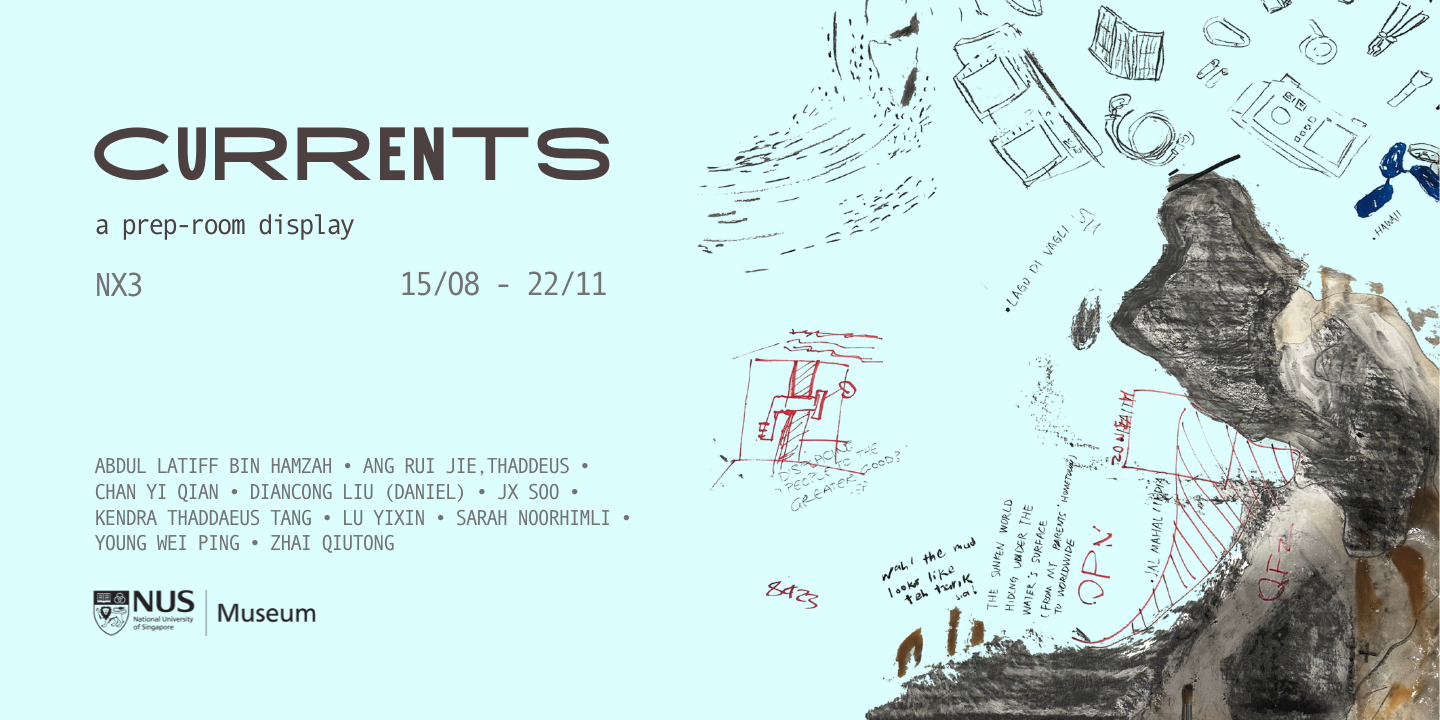prep-room
Envisioned as a site for the exploration of curatorial methods and the development of content and scopes in the lead up to various upcoming projects, the prep-room allows audiences to observe the exhibition-making process, engage with the subject matter, and begin a sustained interest in the development of a project. Its primary tools of deployment are archival materials, artworks, and artefacts, activated by a mix of curators, researchers, artists and interns.
The first prep-room project was inaugurated in 2011, and while most projects are developed and evolve in the designated space at the NX3 Gallery on the first floor, some have been activated in other galleries or nooks within the Museum.
No prep-room is ever alike as they differ based on research, curatorial experiments, and visitor responses. Crucially, it is also the involvement of artists and academic collaborators during a prep-room’s lifespan that pushes projects in different directions. While not mandatory, they have been a key feature since the first project with Singaporean artist Charles Lim.
In May 2016, the concept became the first recipient of the UMAC Award from the International Committee for University Museums and Collections (UMAC), of the International Council of Museums (ICOM). The award recognised the initiative as a new kind of dialogic space; one that created new experiences where artists, curators, students, visitors and other partners could share in the creative process and witness the evolution of ideas.
On-going prep-room research is often also presented through programmes and roundtable discussions to relay current progress and draw in potential collaborators.





